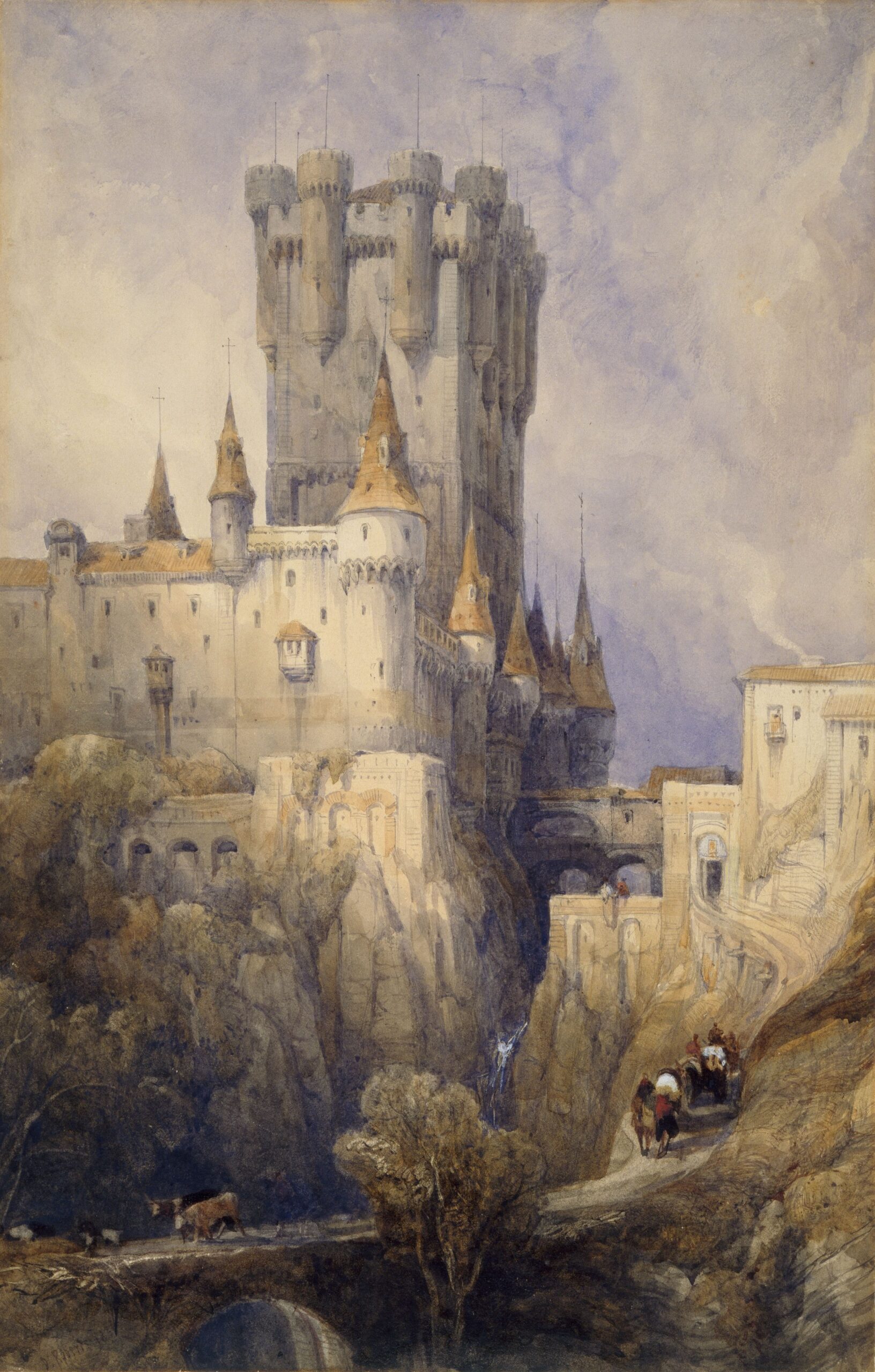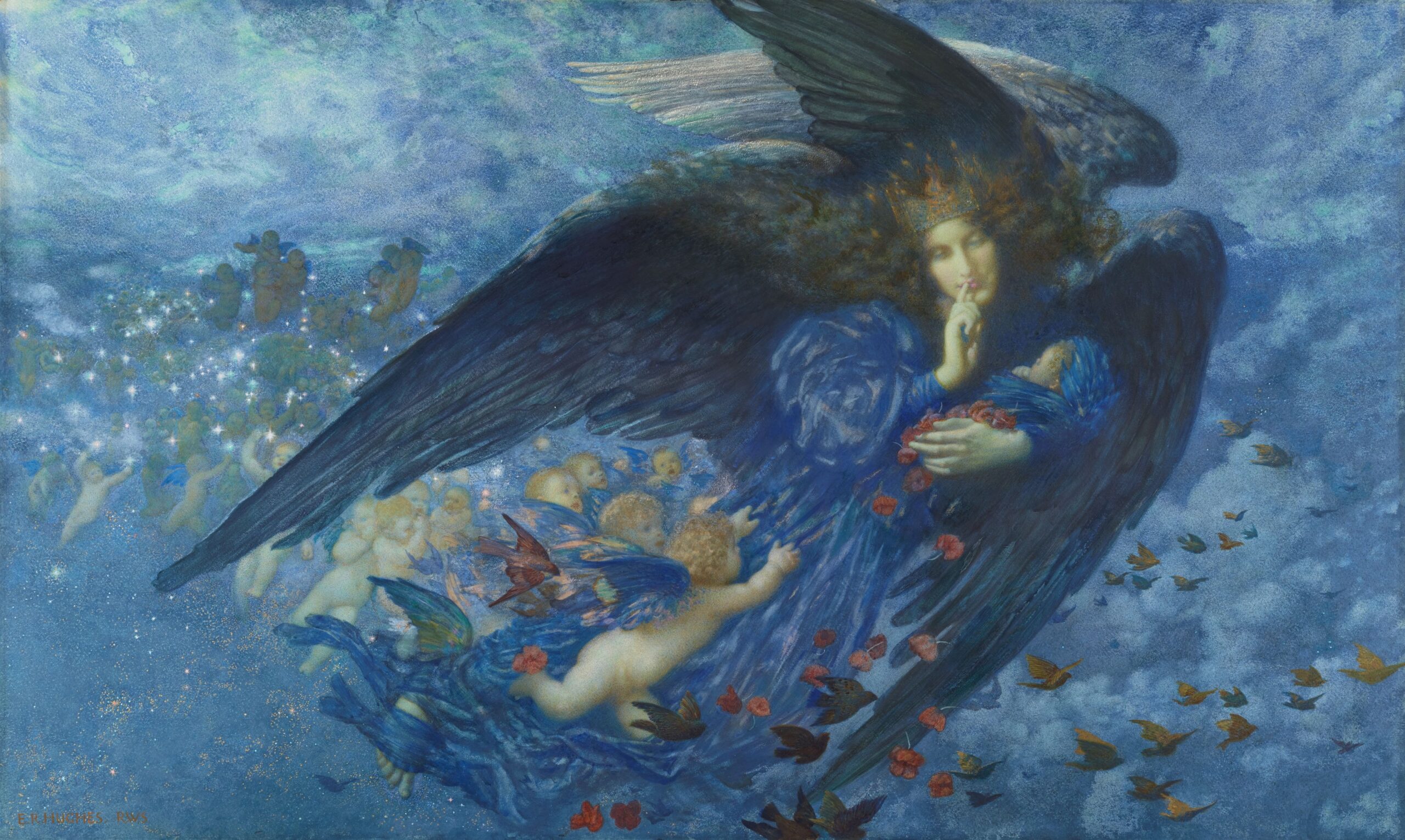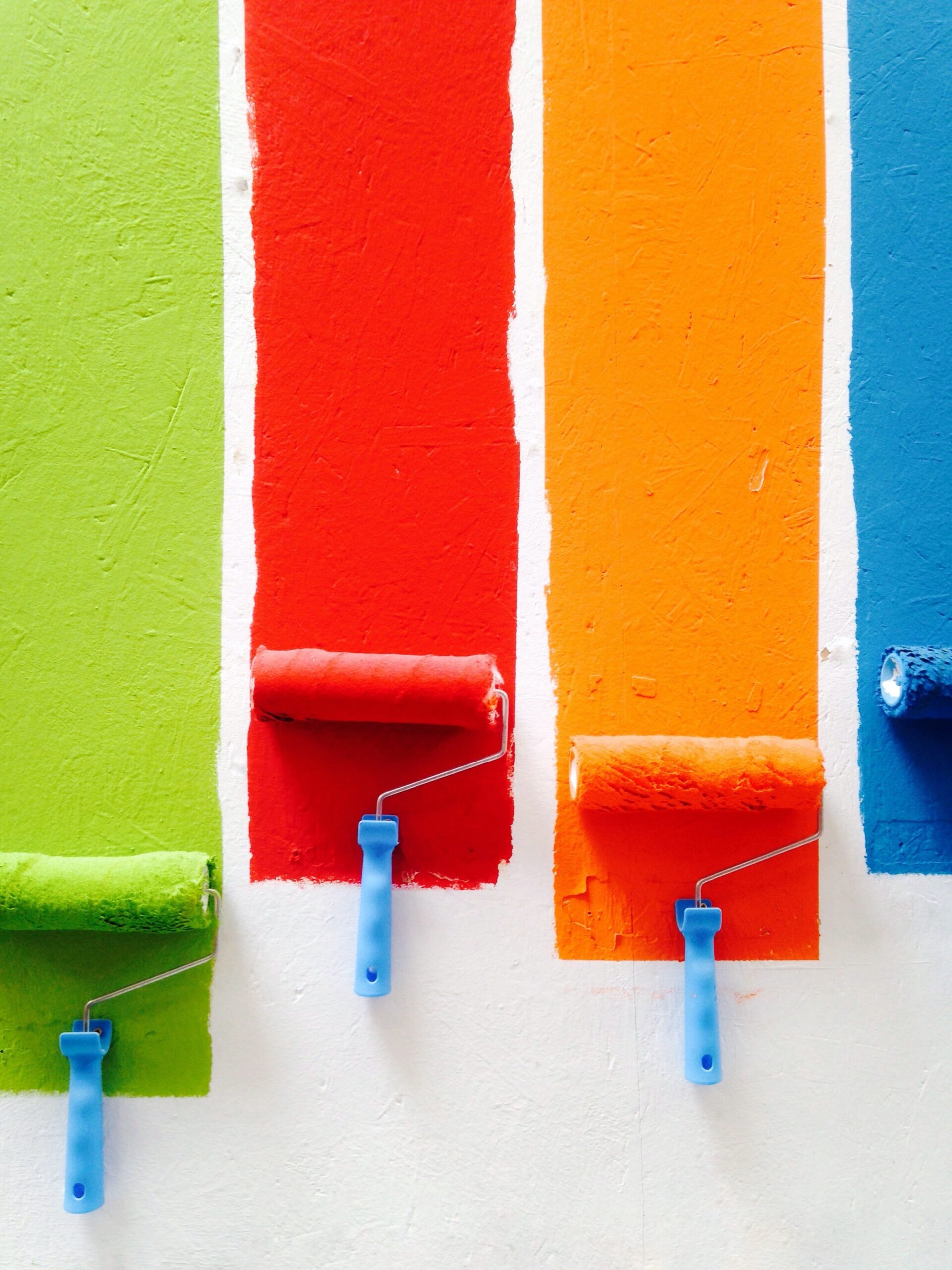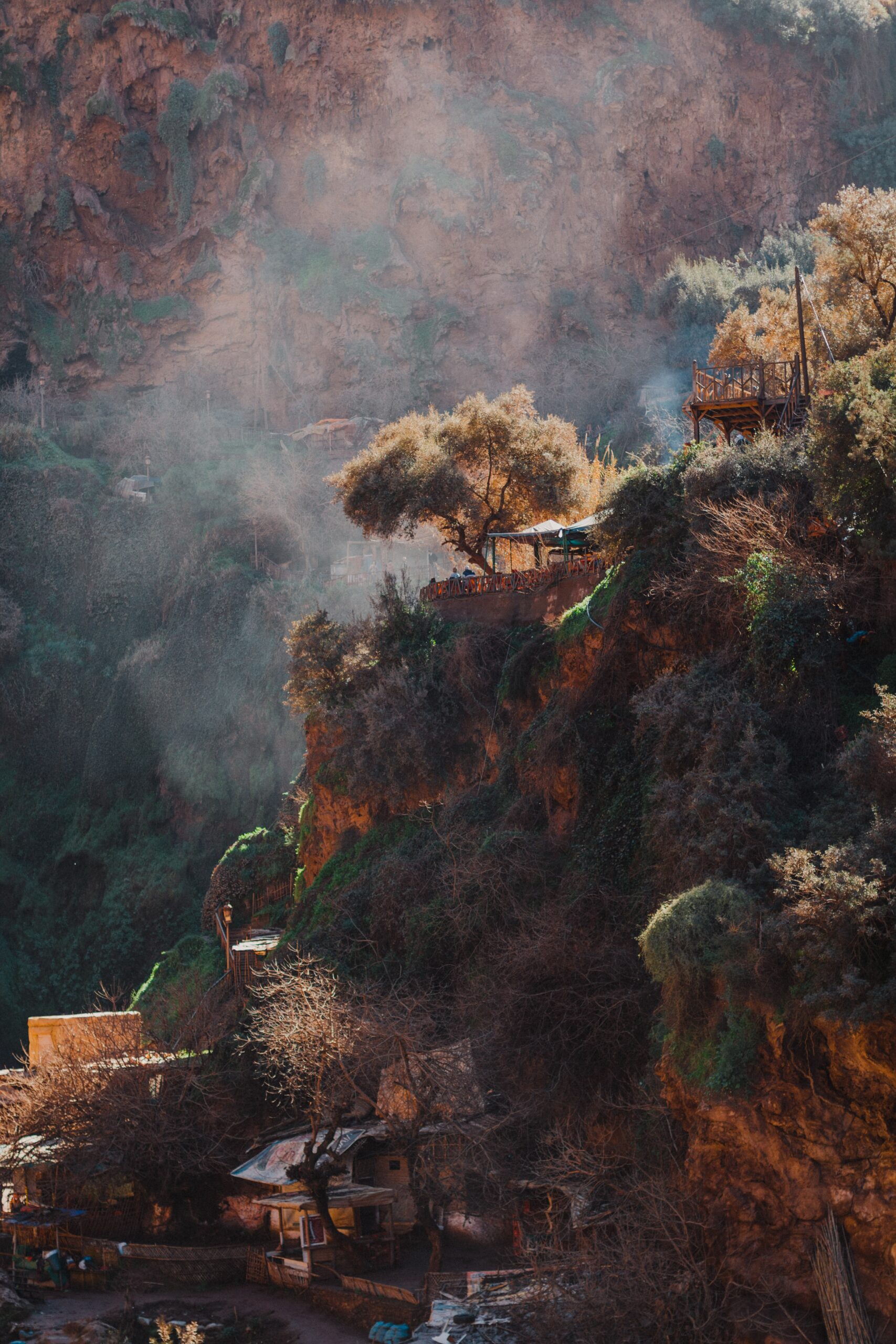Gouache painting, a versatile and vibrant medium, offers artists the opportunity to create stunning, opaque works of art. To embark on your gouache painting journey, you will need a few key supplies that lay the foundation for your artistic expression. From high-quality gouache paints and brushes to a reliable palette and paper, this article will guide you through the essential tools needed to unlock your creativity and immerse yourself in the captivating world of gouache painting.
Materials
Gouache Paints
Gouache paints are an essential material for gouache painting. They are similar to watercolor paints but have a higher pigment concentration, which makes them more opaque. Gouache paints come in a variety of colors, and it is recommended to have a range of colors to achieve the desired effects in your painting. Invest in high-quality gouache paints for better color intensity and longevity.
Palette
A palette is necessary for mixing and diluting gouache paints. It can be made of plastic or porcelain and should have a mixing area and wells to hold the paint. Choose a palette with a flat surface that allows easy mixing of colors and is easy to clean.
Brushes
Good quality brushes are crucial for achieving precise and controlled brushstrokes in gouache painting. Invest in a set of brushes that includes different shapes and sizes, such as round, flat, and filbert brushes. Synthetic or natural bristle brushes can be used for gouache painting, but make sure they have a firm and springy bristle to handle the thick consistency of gouache paint.
Water Container
A water container is needed for rinsing and diluting brushes while painting. Use a container with a wide opening to accommodate different brush sizes and ensure easy cleaning. It is advisable to have two water containers—one for rinsing and another for clean water to dilute the paint.
Palette Knife
A palette knife is a useful tool for mixing gouache paints and creating different textures in your painting. Use the palette knife to scoop out the desired amount of paint from the tubes and mix it on the palette. It can also be used to create various effects, such as scraping or applying thick impasto layers.
Masking Tape
Masking tape is used to create clean edges and protect certain areas of the paper from paint. It helps in achieving crisp lines and maintaining the desired composition while painting. Use a high-quality masking tape that is easy to remove without damaging the paper.
Watercolor Paper
Using the right paper is crucial for gouache painting. Opt for a heavy-weight watercolor paper that can withstand the moisture and thickness of gouache paint. A rough or cold-pressed surface is recommended as it provides texture and allows the paint to adhere well. Cut the paper into desired sizes or use a sketchbook made specifically for watercolor and gouache painting.
Sketching Pencils
Sketching pencils are used to create preliminary sketches on the watercolor paper before painting. Use a light pencil with a hardness of HB or 2B to avoid visible pencil marks once the paint is applied. Keep the sketches minimal and focus on capturing the basic shapes and composition of the subject.
Erasers
Erasers are essential for correcting mistakes and cleaning up pencil lines in gouache painting. Use a kneaded eraser or a soft vinyl eraser to gently lift graphite marks without damaging the paper. Avoid using abrasive erasers that can roughen the paper surface.
Ruler
A ruler can be used to create straight lines and ensure accurate measurements in your artwork. It is particularly useful when sketching or planning the composition of your painting. Choose a transparent ruler to easily see the underlying sketch and place it directly on the paper without smudging the graphite marks.
Preparation
Setting up your Workspace
Before starting your gouache painting, it is important to set up a clean and organized workspace. Choose a well-lit area with good ventilation to ensure comfortable and uninterrupted painting sessions. Lay down a protective covering, such as a plastic sheet or a dropcloth, to prevent any accidental spills or damage to your working surface. Keep all your materials within reach to maintain an efficient workflow.
Choosing a Subject
Selecting an interesting and visually appealing subject is crucial for creating a successful gouache painting. Look for subjects that inspire you and reflect your artistic style. It can be a still life arrangement, a landscape, a portrait, or any other subject that catches your attention. Take your time to observe the subject, paying attention to lighting, composition, and color schemes.
Preparing the Paper
Before you start painting, it is important to prepare the watercolor paper. If you are working on loose sheets of watercolor paper, secure the edges using masking tape to prevent the paper from buckling or warping when it becomes wet. Alternatively, if you are using a watercolor sketchbook, you can skip this step as the pages are already bound and ready for painting.
Sketching
Start your gouache painting by creating a preliminary sketch on the prepared paper. Use light and loose strokes to capture the basic shapes and proportions of your subject. Take your time to refine the sketch and make any necessary adjustments before moving on to the next step. Remember, the sketch serves as a roadmap for your painting, so ensure it accurately represents the composition and details of your subject.
Mixing Colors
Gouache paints can be mixed on the palette to create a wide range of colors. Start by squeezing small amounts of each desired color onto the palette. Use a palette knife to mix the colors, gradually adding water to achieve the desired consistency. Experiment with different combinations to create unique hues and tones. Keep in mind that gouache paints dry darker than they appear when wet, so it is recommended to test the colors on scrap paper before applying them to your artwork.

This image is property of images.unsplash.com.
Techniques
Wet-on-Dry
The wet-on-dry technique involves applying wet paint onto a dry surface. This technique allows for more control and precision in creating sharp edges, details, and layers. Start by applying a base layer of dry paint and allow it to dry completely. Once dry, apply subsequent layers of wet paint using a brush or palette knife. This technique is ideal for creating intricate details and achieving a smooth and controlled finish.
Wet-on-Wet
The wet-on-wet technique involves applying wet paint onto a wet surface. This technique allows for smoother and more fluid brushstrokes, creating soft edges and blending colors seamlessly. Wet the area of the paper you wish to paint with clean water using a brush or a spray bottle. While the surface is still wet, apply paint directly onto the wet area and watch as the colors blend and diffuse. This technique is great for creating a loose and spontaneous style with vibrant and translucent effects.
Dry Brushing
Dry brushing is a technique where you use a brush with very little water or paint, resulting in a dry brush texture. This technique allows you to create rough textures, highlights, and subtle details. Load a small amount of paint onto a dry brush and remove excess paint by wiping it on a paper towel. Lightly drag the brush over the paper surface, creating texture and adding interest to your painting. Dry brushing can be particularly effective for depicting foliage, fur, or rough surfaces.
Layering
Layering is a technique used to build depth and richness in a gouache painting. It involves applying multiple layers of paint, allowing each layer to dry before applying the next. Start with the lightest colors and gradually build up to darker tones, adjusting the opacity and thickness of each layer as desired. Layering adds dimension and vibrancy to your artwork, enhancing the colors and creating a sense of depth.
Lifting
Lifting is a technique used to remove or lighten areas of paint from the paper surface. It is achieved by dampening a clean brush or a sponge with water and gently pressing or scrubbing the desired area. This technique is useful for creating highlights or correcting mistakes. Be cautious not to overwork the paper surface, as it may result in damage or tearing.
Glazing
Glazing is a technique used to create translucent and luminous effects by layering thin washes of color over each other. Start by applying a layer of opaque paint, allowing it to dry completely. Then, mix a small amount of paint with water to create a transparent glaze and apply it over the dried layer. Repeat this process to build up depth and add a rich, glowing effect to your painting. Glazing is especially effective for capturing the luminosity of light or creating smooth gradients.
Working with Gouache
Applying Colors
When applying gouache paint, use a brush or a palette knife to scoop out a small amount of paint from the palette. Apply the paint to the paper using controlled brushstrokes, taking care to cover the desired area evenly. Gouache paint can be thick and creamy, allowing you to achieve solid and opaque coverage. Experiment with different brush sizes and strokes to create different textures and effects.
Blending
Blending is an important technique in gouache painting that allows you to create smooth transitions between colors. To blend colors, apply adjacent wet paint and use a clean brush or a soft sponge to gently blend the edges together. This technique is particularly effective when working with wet-on-wet paint or when layering colors. Practice blending to achieve seamless transitions and create a sense of harmony in your artwork.
Creating Textures
Gouache paints can be manipulated to create a variety of textures and surface effects. Experiment with different brush techniques, such as stippling, cross-hatching, or scumbling, to add depth and interest to your painting. Use a dry brush to create rough textures or a wet brush to smooth out and blend colors. Additionally, a palette knife can be used to create impasto effects or scrape away layers of paint to reveal underlying colors or textures.
Managing Drying Times
Gouache paints dry relatively quickly, which can be beneficial for building layers and working in a timely manner. However, this fast-drying property can also pose challenges, particularly when blending or correcting mistakes. To manage drying times, work on small sections at a time and avoid letting the paint dry completely before applying additional layers or making adjustments. Keep a spray bottle or a mister on hand to lightly mist the surface to keep it moist and workable.
Working in Layers
Layering is a key technique in gouache painting to achieve depth, richness, and detail. Working in layers allows you to build up colors, correct mistakes, and refine your artwork. Start with a light wash as the base layer and gradually add subsequent layers, allowing each layer to dry before applying the next. This technique helps to create vibrant colors, smooth transitions, and a sense of depth in your painting.

This image is property of images.unsplash.com.
Finishing Touches
Adding Details
Adding details is the final step to bring your gouache painting to life. Use a fine brush or even a toothpick to add intricate lines, textures, or highlights. Refine the edges and details of your subject, paying attention to small nuances that enhance the overall composition. Take your time and work with precision to achieve the desired level of detail in your artwork.
Creating Highlights
Creating highlights is essential to add dimension and visual interest to your gouache painting. Identify the light source in your composition and determine the areas that would naturally catch the light. Using a lighter shade of paint or even leaving the paper unpainted, carefully add highlights to the designated areas. Keep in mind the opacity and thickness of the paint, as this will affect the intensity of the highlights.
Applying Shadows
Shadows are crucial for creating depth and realism in your gouache painting. Observe your subject closely and identify the areas that would be in shadow. Using a darker shade of paint or mixing colors with black or a complementary color, apply shadows to the appropriate areas. Pay attention to the direction and intensity of the shadows to accurately depict the play of light and shadow in your artwork.
Fixing Mistakes
Mistakes are a natural part of the artistic process, and gouache painting is no exception. Fortunately, gouache is a forgiving medium that allows you to correct mistakes easily. If you make an error, let the paint dry completely and gently scrape it away with a palette knife. Alternatively, you can apply a layer of opaque paint over the mistake and repaint the desired area. Remember to take your time and work patiently when making corrections to avoid damaging the underlying layers.
Common Mistakes
Using too much Water
One common mistake in gouache painting is using too much water, resulting in diluted and watery paint. Gouache paints have a natural opacity, so using excessive water can wash out the vibrancy and coverage of the colors. It is important to control the amount of water used and gradually add water as needed to achieve the desired consistency. Practice using water sparingly and experiment with different water-to-paint ratios to find the right balance.
Not Letting Layers Dry
Another common mistake is not allowing layers to dry properly before adding additional layers. Gouache paints dry relatively quickly, but it is still important to ensure each layer is fully dry before applying the next. Applying wet paint over a partially dried layer can lead to muddiness and muddled colors. Allow sufficient drying time between layers to maintain color clarity and prevent unintended blending.
Not Mixing Colors
Not mixing colors adequately is a common mistake that can result in dull and uninspiring artwork. Gouache paints can be blended and mixed on the palette to create unique color combinations and variations. Take the time to explore color theory and experiment with different combinations to achieve the desired hues and tones. Mixing colors is an integral part of the creative process in gouache painting, so don’t be afraid to explore and create your own palette.
Using Incorrect Brushes
Using incorrect brushes can negatively impact the quality of your gouache painting. Gouache paints have a thick, creamy consistency, so it is important to use brushes with firm and springy bristles that can handle the paint effectively. Avoid using brushes with bristles that are too soft or splayed, as they may not provide proper control and precision. Invest in good quality brushes specifically designed for gouache painting to achieve the best results.
Applying Too Much Pressure
Applying too much pressure while painting can cause the paper surface to become rough and damaged. Gouache paints can be applied with a gentle touch, allowing the brush and paint to do the work. Avoid pressing too hard on the paper, as it may result in unwanted textures or even tear the surface. Practice using light and controlled brushstrokes to maintain the integrity of the paper and achieve a smooth and even application of paint.

This image is property of images.unsplash.com.
Tips and Tricks
Start with Light Colors
When starting a gouache painting, it is advisable to begin with light colors and gradually build up to darker tones. Light colors are more forgiving and allow for corrections and adjustments without overwhelming the overall composition. Starting with light colors also helps in achieving a harmonious and balanced color scheme.
Test Colors on Scrap Paper
Before applying the paint to your artwork, it is recommended to test colors on scrap paper. Gouache paints dry darker than they appear when wet, so testing the colors beforehand allows you to gauge the actual color and make necessary adjustments. This process helps in achieving accurate color representation and prevents surprises on the final artwork.
Master Color Mixing
Color mixing is a fundamental aspect of gouache painting. Take the time to experiment and develop your understanding of color theory. Understand the color wheel, complementary colors, and how to create various hues and tones by mixing different ratios of paint. Mastering color mixing will enhance your ability to create depth, harmony, and visual interest in your gouache paintings.
Experiment with Techniques
Gouache painting offers a wide range of techniques to explore and experiment with. Take the time to try different brush techniques, layering methods, and texture creation using palette knives. Don’t be afraid to step outside your comfort zone and take risks with your painting. Experimentation will help you discover new ways to express your creativity and develop your unique style.
Practice with Different Surfaces
While watercolor paper is commonly used for gouache painting, don’t limit yourself to just one surface. Explore different textures and types of paper, such as hot-pressed, cold-pressed, or rough surfaces. Each surface will provide a different look and feel to your artwork, allowing you to experiment and discover new possibilities. Practice on various surfaces to find the one that suits your artistic vision and preferred painting style.
Cleaning up
Rinsing Brushes
After each painting session, it is important to clean your brushes thoroughly to maintain their longevity. Rinse brushes under running water to remove any traces of paint. Use mild soap or brush cleaner to remove any stubborn paint residues. Gently reshape the bristles and allow the brushes to air dry or store them upright to prevent deformation.
Cleaning Palette
Cleaning the palette is essential to ensure a clean and organized workspace for future painting sessions. Use a palette knife to scrape off any dried paint or excess residue from the palette. Wipe the surface with a damp cloth or sponge to remove any remaining paint. Dry the palette completely before storing it to prevent mold or discoloration.
Storing Paints
Properly storing gouache paints will help maintain their quality and prevent them from drying out. Ensure the paint tubes are tightly closed and stored in a cool and dry place away from direct sunlight. Some artists prefer to store gouache paints horizontally to prevent air bubbles from forming at the top of the tube, while others store them upright. Find a storage method that works best for you and regularly check the consistency and freshness of your paints.

Gouache vs. Watercolor
Differences in Consistency
One of the key differences between gouache and watercolor is their consistency. Gouache paints have a heavier and more opaque consistency compared to the transparent and lighter consistency of watercolor paints. Gouache paints allow for more solid coverage and the ability to paint over previously applied layers, while watercolors create translucent and flowing washes of color.
Opacity and Coverage
Gouache paints are known for their high opacity and excellent coverage. They can effectively cover underlying layers or mistakes, allowing for easy corrections and adjustments. On the other hand, watercolor paints are transparent and create translucent washes of color. Watercolors rely on layering and glazing techniques to create depth and achieve different values and tones.
Color Vibrancy
Both gouache and watercolor paints offer vibrant and intense colors. However, gouache paints tend to have a more vibrant and saturated appearance due to their higher pigment concentration. They offer excellent color saturation and vibrancy, making them ideal for creating bold and expressive artwork. Watercolors, on the other hand, have a more delicate and luminous quality, creating a softer and more ethereal effect.
Layering Abilities
Both gouache and watercolor paints allow for layering, but the techniques and effects differ. Gouache paints can be easily layered, creating a buildable and opaque coverage. Each new layer of gouache paint can cover the underlying layer, allowing for corrections and adjustments. Watercolor paints, on the other hand, rely on transparent layering and glazing techniques to create depth and achieve different values. Watercolors allow the underlying layers to show through, creating a luminous and transparent effect.
Frequently Asked Questions
Can You Use Gouache like Watercolor?
Yes, gouache paints can be used like watercolors. The main difference is the higher pigment concentration and opacity of gouache paints, which allows for more solid coverage and the ability to paint over previously applied layers. Gouache paints can be diluted with water and applied in transparent washes, similar to watercolor techniques. However, keep in mind that gouache paints dry to a matte finish, while watercolors dry to a more translucent and glossy finish.
Can You Paint Gouache on Canvas?
While gouache is traditionally used on watercolor paper, it can also be painted on canvas. However, it is important to prepare the canvas surface properly to ensure good adhesion of the paint. Apply a layer of gesso to prime the canvas, allowing the gouache paint to adhere effectively. Keep in mind that painting on canvas may result in a different texture and absorbency compared to watercolor paper, so experiment and adapt your techniques accordingly.
How Do You Thin Gouache Paint?
Gouache paints can be easily thinned by adding water. Use a palette knife or a brush to scoop out the desired amount of paint onto the palette. Gradually add water and mix it with the paint until the desired consistency is achieved. Be cautious not to add too much water, especially with highly pigmented colors, as it can result in a washed-out and diluted appearance. Experiment with different water-to-paint ratios to achieve the desired consistency for your painting.
Can You Mix Gouache with Other Mediums?
Gouache paints can be mixed with other mediums to create various effects and enhance their properties. Commonly used mediums include watercolor mediums, such as gum arabic or ox gall, which can improve flow and adhesion. Acrylic mediums can also be used to increase the durability and glossiness of the gouache paint. Experiment with different mediums, but keep in mind that each medium may alter the behavior and characteristics of the gouache paint, so test them on scrap paper before applying them to your artwork.




